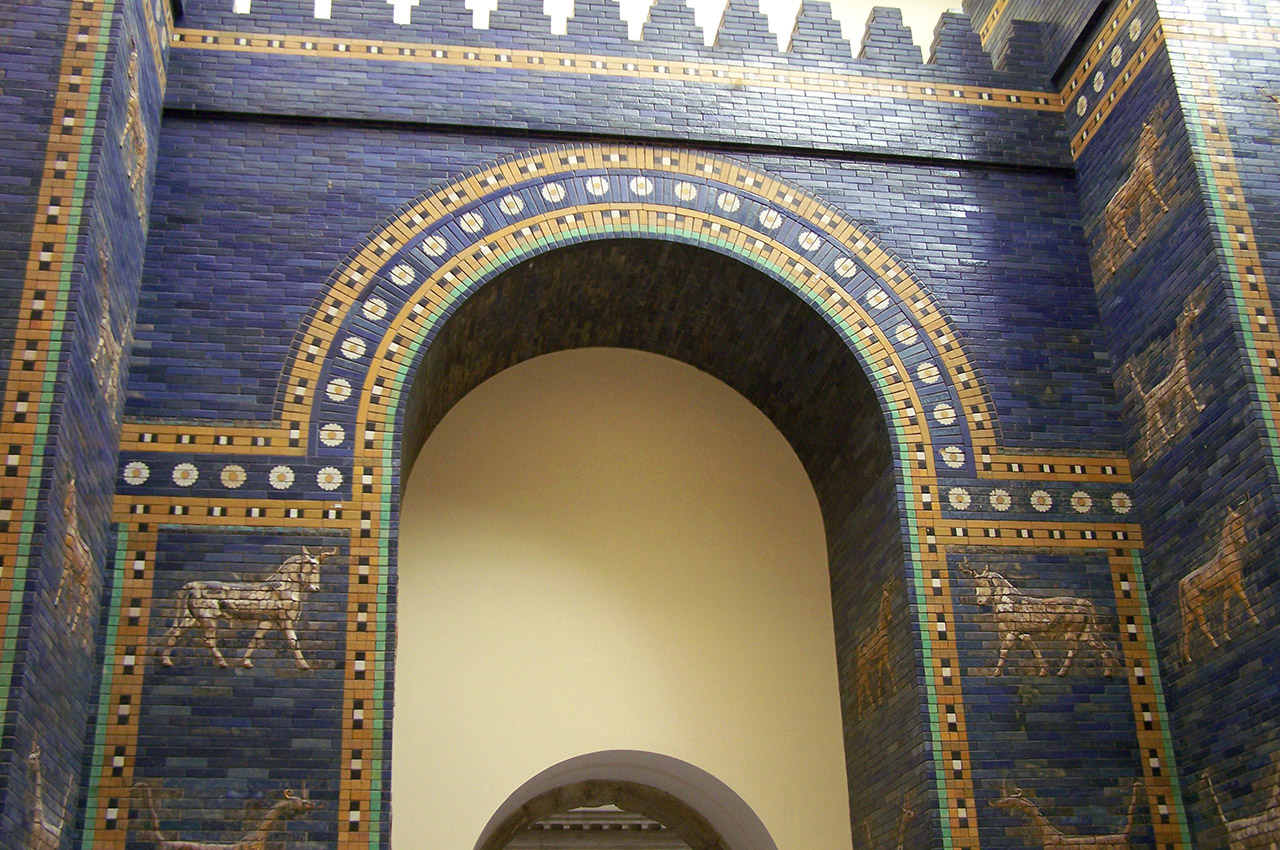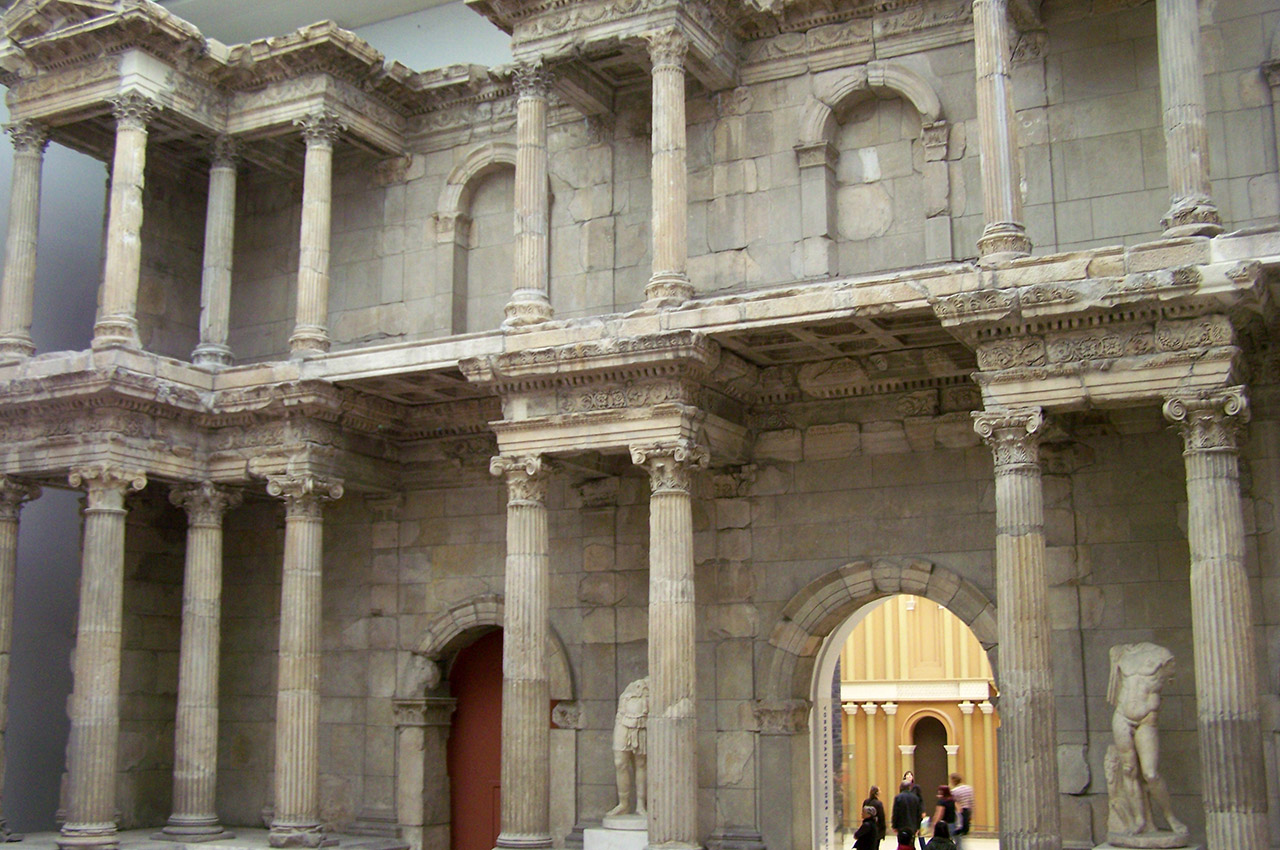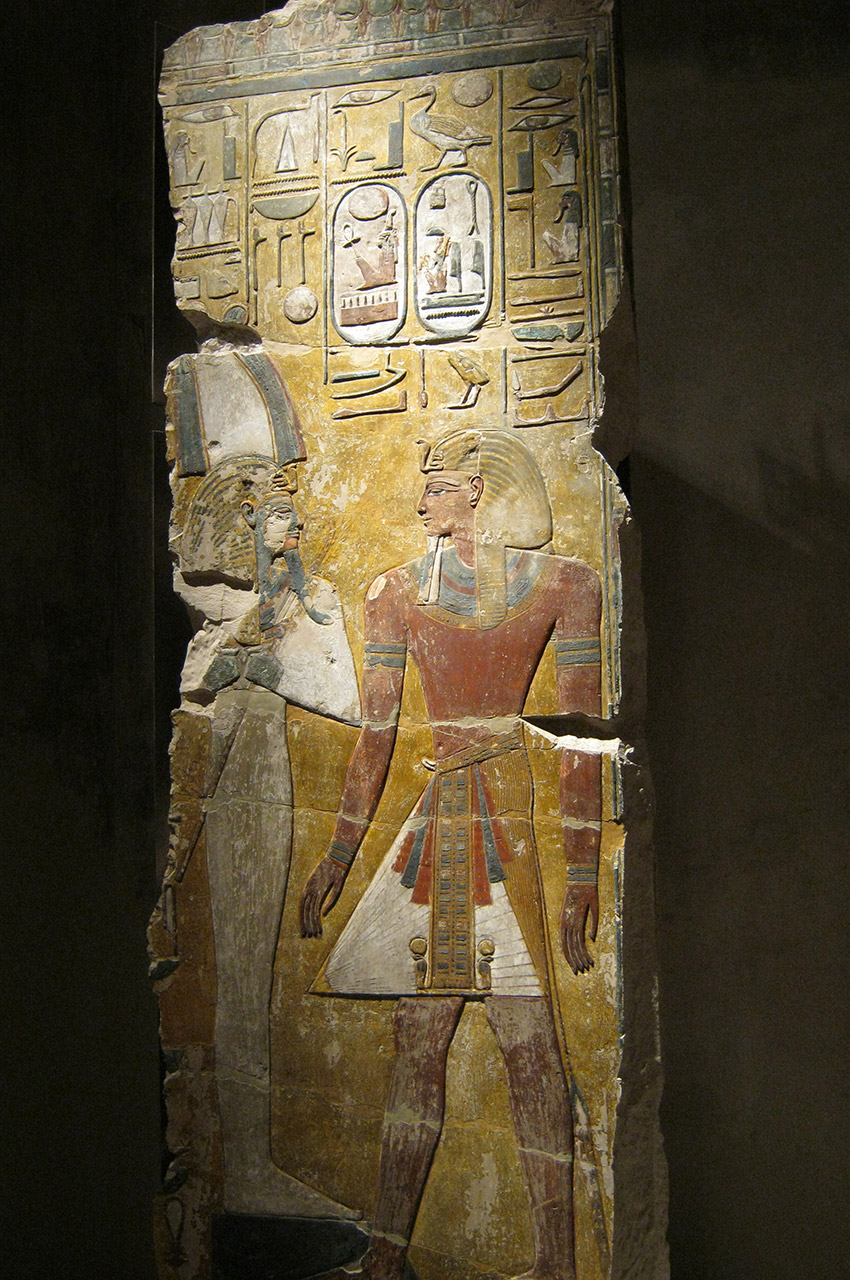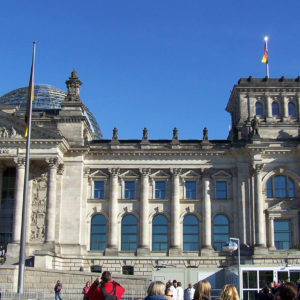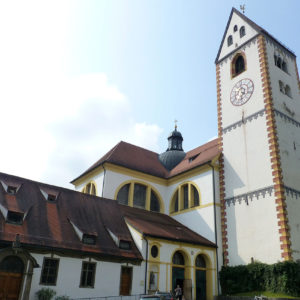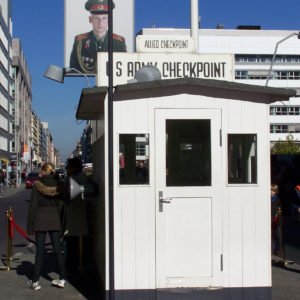16 September 2016
A symbol of the country’s reunification, the Reichstag reopened its doors in 1999, following restructuring work by architect Norman Foster. Now topped by a dazzling glass and steel dome, it once again plays its role as the seat of the German parliament, the Bundestag.
